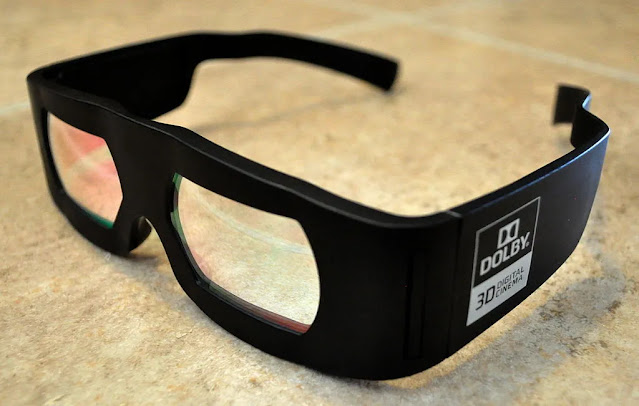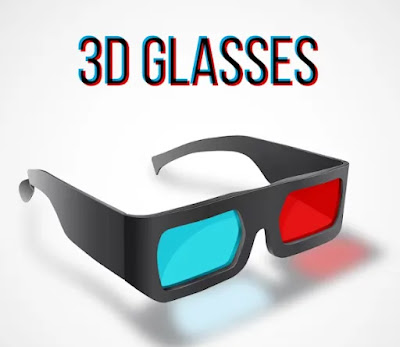Understanding 3D Glasses: Types, How They Work, and Their Effects on Eye Health
The world of 3D technology has revolutionized the way we watch movies, play games, and experience virtual reality. However, many people are still unsure about what 3D glasses are, how they work, and what their effects are on our eyesight. In this blog post, we'll delve deeper into the world of 3D glasses and answer some of the most common questions about them.
What is 3D?
3D or three-dimensional is a term used to describe a visual experience that gives the illusion of depth in an image or a scene. This effect is achieved by using stereoscopic techniques that create two slightly different images, one for each eye, which are then combined by the brain to create the perception of a 3D image.
What are 3D Glasses?
3D glasses are special eyewear that allows us to see the two slightly different images that are required for the 3D effect. These glasses work by filtering the light that enters our eyes, making sure that each eye sees a slightly different image. The brain then combines these two images, giving us the perception of a 3D image.
Different Types of 3D Glasses
There are several types of 3D glasses available in the market, each designed for a specific purpose. Here are some of the most common types:
- Anaglyph Glasses: Anaglyph 3D glasses use red and cyan lenses to filter out specific wavelengths of light. The different colors are used to create the illusion of depth in the image. Anaglyph glasses are relatively inexpensive and can be used with any display, but they can produce distorted colors and ghosting. If you are having Anaglyph 3D glasses you can enjoy high quality 3D at this youtube channel (remember we are not promoting any channel this is what we find best on internet for you)
- Polarized Glasses: Polarized 3D glasses use two lenses with different polarizations to create the 3D effect. The polarized lenses filter out specific wavelengths of light, so each eye sees a slightly different image. Polarized glasses are commonly used in movie theaters and with 3D televisions that use passive 3D technology.
- Active Shutter Glasses: Active shutter 3D glasses use liquid crystal shutters to alternately block the left and right eye views. The glasses synchronize with the display to ensure that each eye sees the correct image. Active shutter glasses are commonly used with 3D televisions that use active 3D technology and can provide a high-quality 3D experience with minimal ghosting.
 |
| TimothyPilgrim, CC BY-SA 4.0, via Wikimedia Commons |
- Virtual Reality (VR) 3D Glasses: VR 3D glasses are designed for use with virtual reality headsets and provide an immersive 3D experience. They typically use a combination of lenses, sensors, and screens to create the illusion of depth and movement. VR glasses are commonly used for gaming, simulations, and other immersive applications.
Effects of 3D Glasses on Eye Health
There is a common misconception that 3D glasses can damage our eyesight. However, this is not true. 3D glasses do not emit any harmful radiation or affect our vision in any negative way. However, prolonged use of 3D glasses can cause eye strain and fatigue, which can lead to headaches and discomfort. It is recommended that you take breaks and avoid using 3D glasses for extended periods of time.
.jpg) |
| Image by yanalya on Freepik |
In conclusion, 3D glasses are an essential component of the 3D experience. They work by filtering the light that enters our eyes, allowing us to see the two slightly different images required for the 3D effect. While they do not have any negative effects on our eyesight, it is important to use them responsibly and take breaks to avoid eye strain and discomfort.
We hope that this post has helped you understand 3D glasses better. If you have any questions or comments, feel free to leave them below.


Comments
Post a Comment